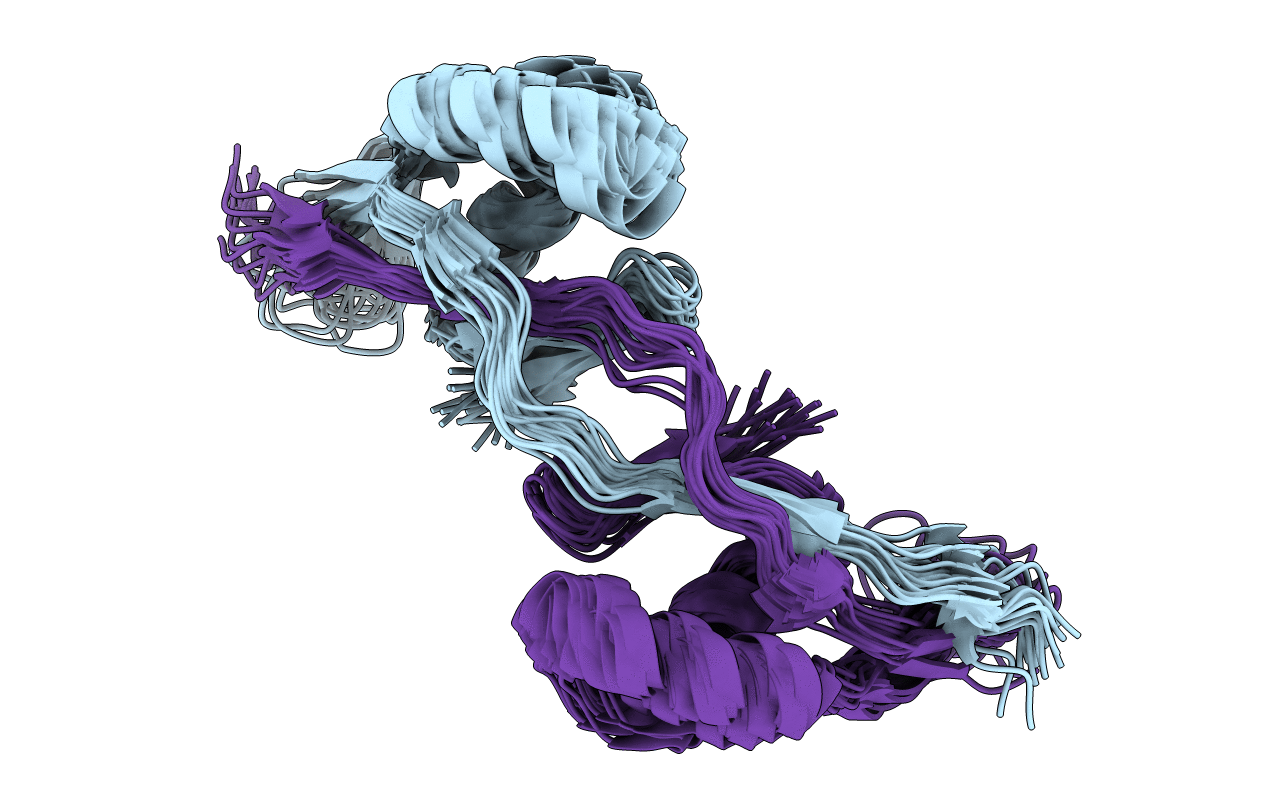
Deposition Date
2018-12-05
Release Date
2019-02-13
Last Version Date
2024-05-15
Entry Detail
Biological Source:
Source Organism:
Methanopyrus kandleri AV19 (Taxon ID: 190192)
Host Organism:
Method Details:
Experimental Method:
Conformers Calculated:
200
Conformers Submitted:
20
Selection Criteria:
structures with the lowest energy


